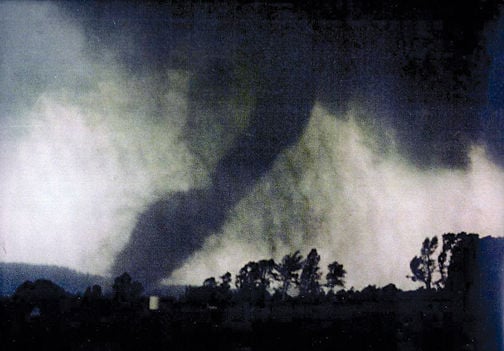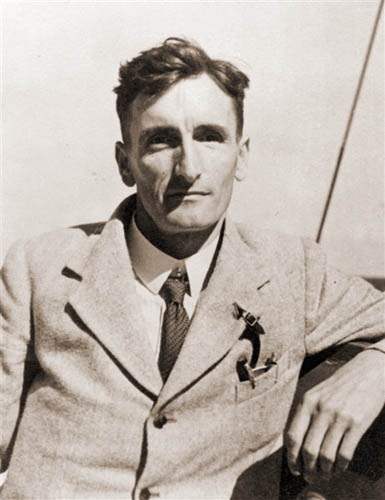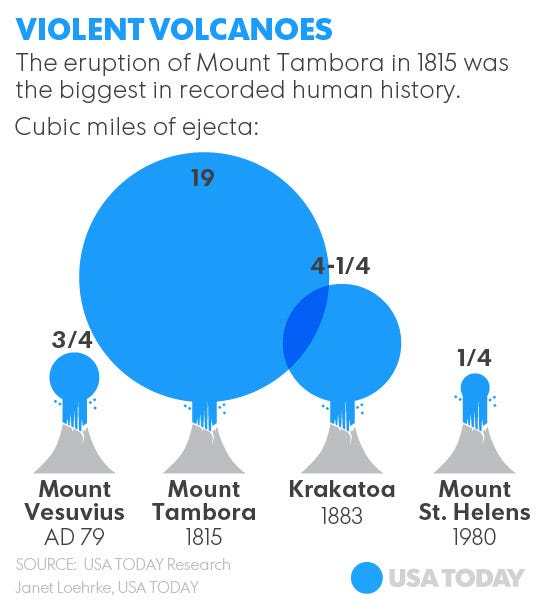Sunshine is delicious, rain is refreshing, wind braces us up, snow is exhilarating; there is really no such thing as bad weather, only different kinds of good weather. ~John Ruskin
Sunday, November 19, 2017
Jim Cantore
Jim Cantore was born on February 16, 1964, in Beacon Falls Connecticut. He grew up in Vermont and graduated from Lydon State College majoring in meteorology. From a young age, he developed a passion for both journalism and meteorology. After graduating from college, he started work as an intern for the weather channel at the age of twenty-two. Since then, he has never stopped working there and is now one of the most successful and influential broadcasters in the United States.
Today Jim Cantore is 53 years old. He is an American meteorologist and journalist. He works as a storm a storm tracker for the Weather Channel. He is renowned for covering nearly all major weather events in America for the past twenty-five years. He has covered a variety of storms such as Hurricanes like Gustave, Katrina, Sandy, and Rita; and snow storms like the Chicago blizzard of 2011. In addition to being an air-personality, he has also covered the x-games and is a philanthropist. He is an active member of various humanitarian and charity programs like Make a Wish Foundation and Micheal J. Fox Foundation.
Jim Cantore is an informer who rather than keeps the audience bored, engages the audience and keeps it interesting so that ultimately they will understand the severity of any situation. For his accomplishments of being so radically as a storm tracker, and contributing so much to the field of calamities, he has earned membership in the American Meteorological Association.
Tri-State tornado
The Tri-State tornado, formed on march 18, 1925, as a result of a combination of warm front coming from the west, with a cold front coming from the southwest. The Tri-State tornado began at 1 pm on Ellington (MS) and dissipated 10 miles northeast from Princeton (IL), the tornado lasted for three hours and thirty minutes, tracking 219, miles, it had 1 mile wide, an average speed of 62 mph with a maximum of 73 mph and wind speed of 300 mph ( category 5 ). The Tri-State tornado passed through the states of Missouri, Indiana and Illinois, hit thirteen counties, 15.000 homes damaged or destroyed, creating a damage estimated in 16.5 M at the time, and counting 695 deaths and 2.027 injuries. This catastrophic tornado featured the deadliest tornado in U.S history and second deadliest tornado in the world history.


Friday, November 10, 2017
European Heat Wave of 2003
The 2003 European Heat Wave caused many deaths throughout European lands. The seriously hot period of this event only lasted 3 months, but it's effects lasted longer. It took a long time for farmers to get back on their feet from all their dead livestock as the result of the Heat Wave. Many cows, chickens, pigs, and other farm animals died from dehydration or other factors. Not only the farmers livestock, but also many crops had been destroyed because of the climate conditions. This tampered with the prices of foods and drinks causing them to rise because there was less and less, and they haven't gone back down yet. Now the actual causes of the Heat Wave were of four major causes. The first is the fact that there was an anticyclone hovering over Europe at the time. An anticyclone is simply the reverse of a cyclone, so instead of it causing rain and clouds with low pressure, it has high pressure so there are no clouds, the weather is calm and still. The second cause is the amount of pollution that had been produced, this caused climate change as well. The third is that there was an El Niño that had previously happened that past winter and there were lingering effects from that. An El Niño is simply a warm winter. This happens when warm waters are pushed West through the pacific, and the water vapors from this water warms the air. The last cause of this catastrophe is the fact that there was a storm in Southern Portugal that pushed a strong gust of hot air from a desert west across Europe. This catastrophe killed as many as 30,000 had died this year. Many of the deaths being of elderly age and caused from air pollution, dehydration, heat strokes, etc. The damage heat waves produce are very underestimated. Heat waves actually take more lives than hurricanes, tornadoes, and floods combines. The Heat Wave also produced many wildfires throughout the continent. These wildfires burned many forests to the ground stripping Europe fo a lot of its trees. There were also droughts and floods that had to be accounted for. The floods were caused by melting icebergs and glaciers. Overall the 2003 European Heat Wave effected Europes economy, agriculture, and population for the worst.



Thursday, November 9, 2017
Hurricane Sandy
Sunday, November 5, 2017
Guy Stewart Callendar
Guy Stewart Callendar was born on February 1897 in Montreal, Canada. Later dying at the age of 67 on October 1964. His father, Hugh Longbourne Callendar was a well-known physicist in Britain. His father was into the thermodynamics. But back to Callendar, he was a very good power plant engineer and his job was to find ways to how to make energy production more efficient. However, on his spare time when he was working Callendar read about Meteorology. Giving him a good amount knowledge about Meteorology. Then with the knowledge that he gathered he was the first the link global warming to CO² emissions. But since he wasn't recognized as a Meteorologist people didn't him the credit for his discovery. But then his discovery was later called the Callendar Effect. Some of his studies were based on the Swedish Scientist Arrhenius and his prediction the warming was most noted in continental interiors and less in the oceans. Also Callendar did observe how the temperature dropped year by year and when it rose year by year. Later leading to his discovery of CO² emissions and its connection with global warming. Furthermore, I feel that Callendar’s discovery was very important to the field of Meteorology because now more scientists are starting to look more into how global warming is affecting the Earth and how they are trying to help prevent the matter from getting worse.
The Year Without Summer
"The Year Without Summer", also known as the mini ice age, was a beyond average event that caused suffering to millions of North Americans and Europeans because of the decrease in global temperatures by about 2-6 degrees that quite literally never allowed for the usual hot weather to arrive in the summer months of 1816. The trigger to this odd year was Mountain Tambora, a stratovolcano and the highest mountain on the island of Sumbawa in Indonesia. This mountain erupted on April 1815, shooting columns of dust, ash, and gas that shadowed over the earth and cooled it in just a few months. This eruption also coincided with a sunspot minimum further causing the troposphere to cool down. The weather remaining cold all year led to failed crops, which took a even harder toll on a human population that was already a majority of farmers, near- famine conditions, and overall freezing many people to death. The weather in the year of 1816 caused events from freezing lakes in Pennsylvania in July and dropping frozen dead birds from the sky to having influence over the creations of Frankenstein, Dracula, and the modern bicycle.

Subscribe to:
Posts (Atom)


